Useful exotic fruits
 Bashny.Net
Bashny.Net
Now you'll be surprised by the variety of exotic fruits, which are very useful.
Surely, most of them we never even try, but at least we know about their benefits.
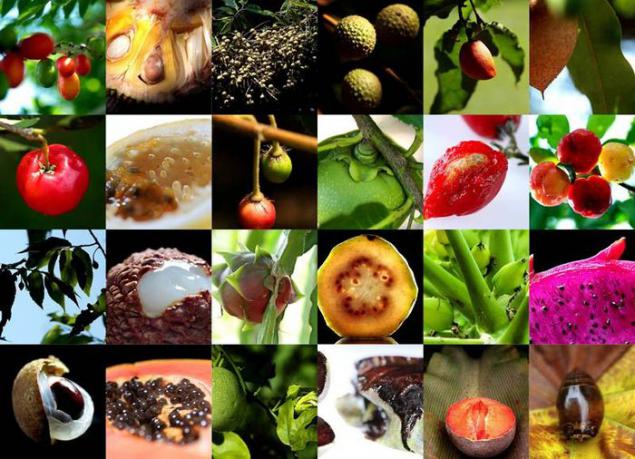
Let's start with more or less known guava that grows in the South, and even in North America. It is rich in vitamins A and C, and its taste can vary from sour to sweet cloying, as well as the flesh color from white to greenish and scarlet.
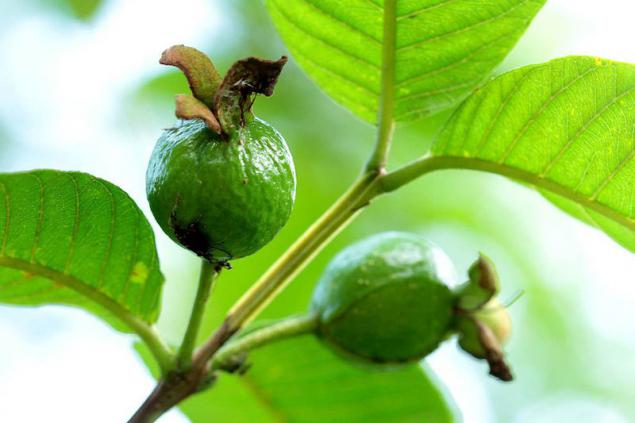
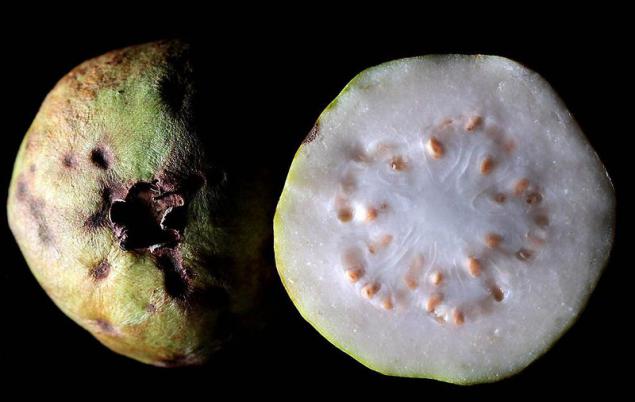
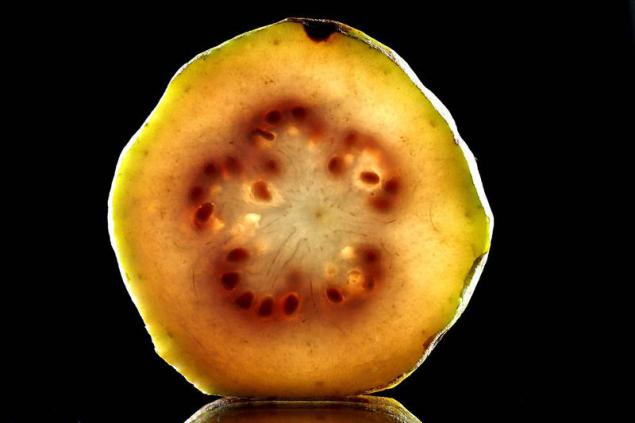
Barbados cherry - a unique plant, the fruits of which contain more vitamin C than, for example, oranges. Very juicy Barbados cherry grows in Central and South America as well as in Australia and several countries in Africa.
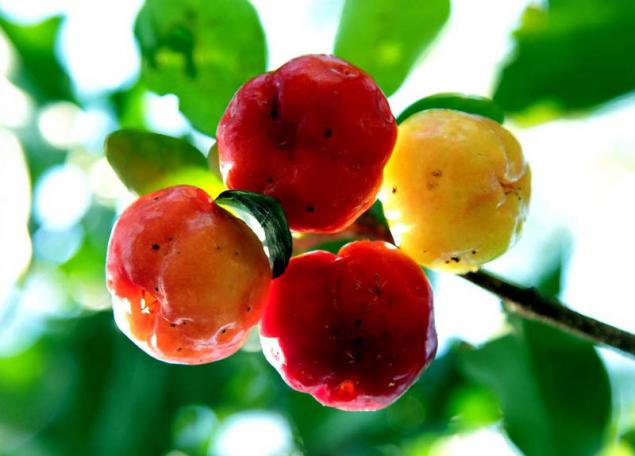
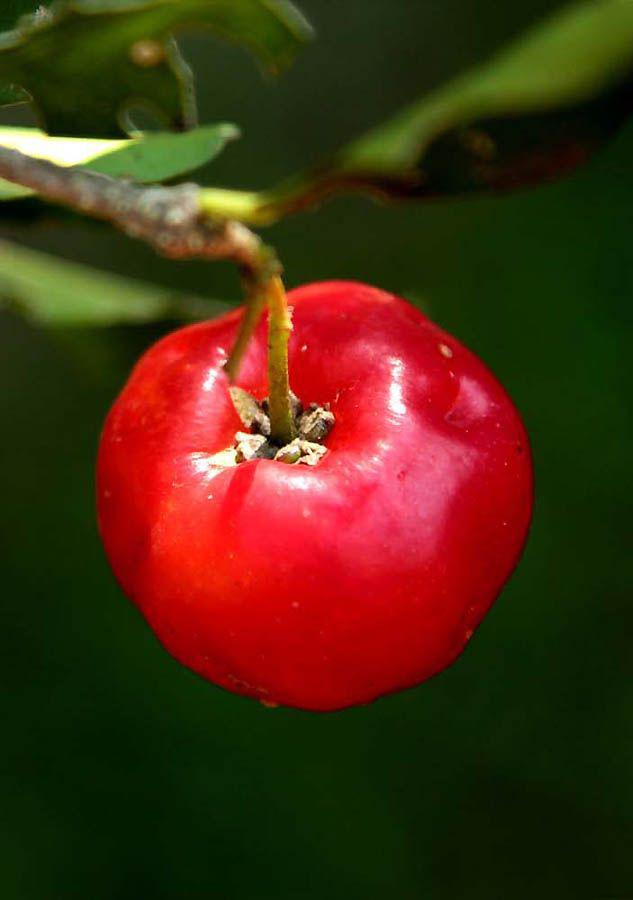
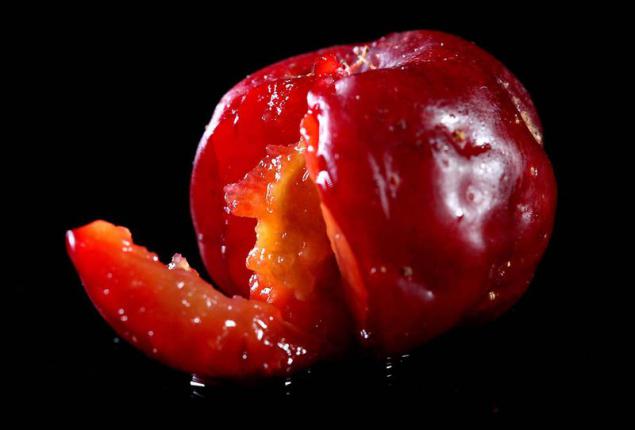
Longan - it is an evergreen tree, also known as the "dragon's eye." It grows in south-eastern Asia. Whitish translucent flesh and bone brown create a truly seems that in front of you dragon's eye. The flesh is very juicy and sweet, it contains large amounts of amino acids needed by the human skin.
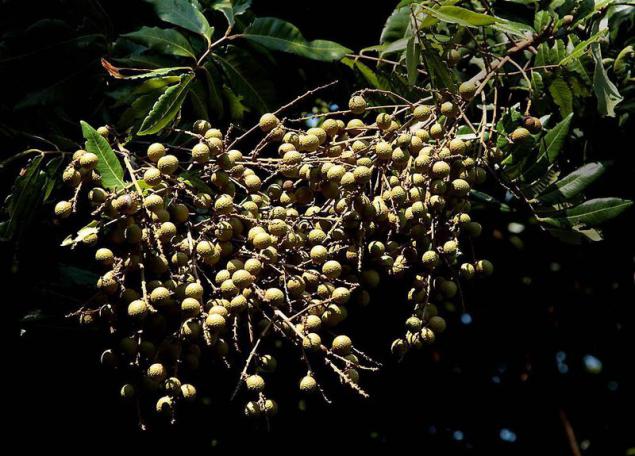

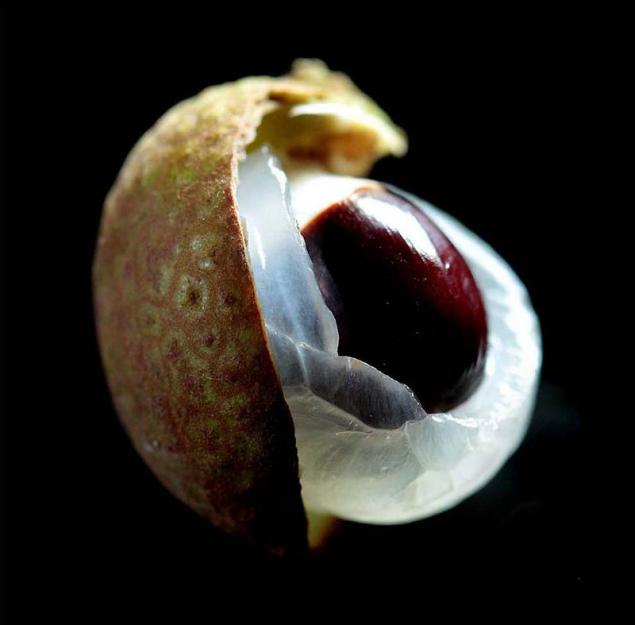
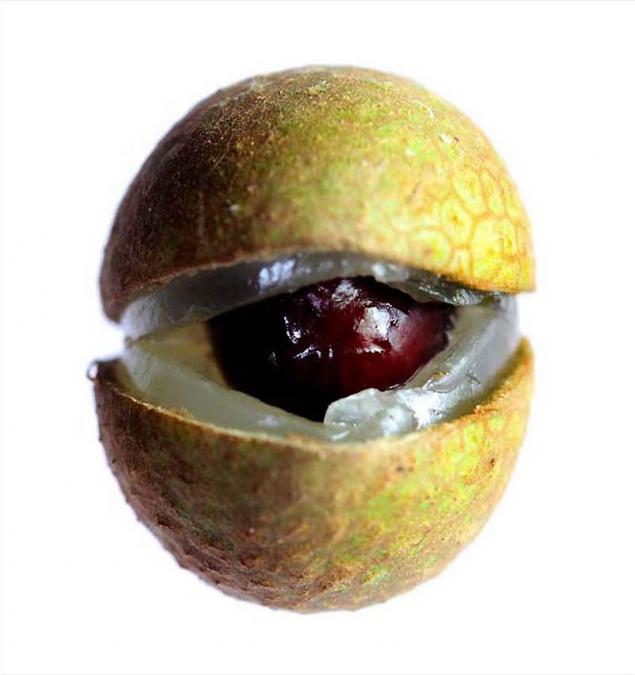
One of the world's largest fruit tree fruit - jackfruit. Its weight can reach 34 kg, with a length of 90 cm and a diameter of 20 cm. It grows in India, Bangladesh, the Philippines, South and Central America as well as Oceania and eastern Africa. Jackfruit contains more starch than conventional bread. Immature fruits are prepared as vegetables and ripe - like fruit.
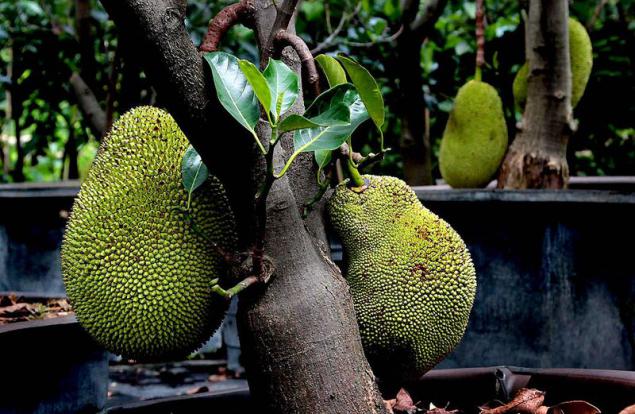
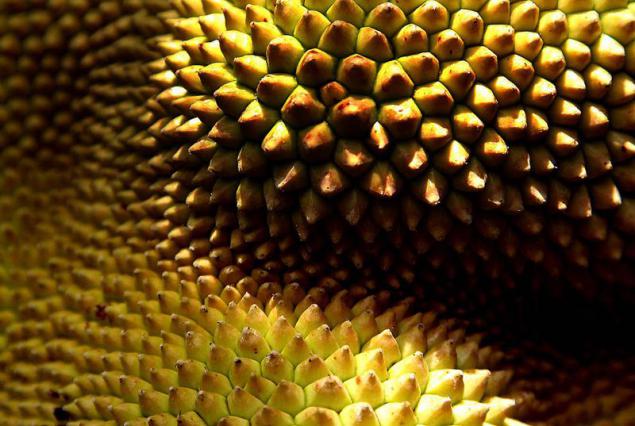
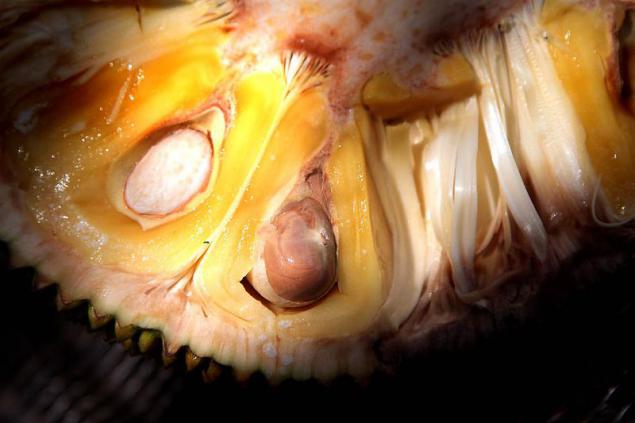
Black Zapote is very close to the persimmon. It is grown in Central and South America and Oceania, and the Philippines. The pulp of the ripe fruit tastes like chocolate pudding, but much juicier.


Mexican plum - very juicy and fragrant fruit is growing not only in Mexico but in all of Central America and many countries in South America. Popular in Nigeria and the Philippines.


Chinese lychee are very similar to taste the grapes. The only difference between taste - mild astringent aftertaste. They contain a high percentage of nicotinic acid prevents the development of atherosclerosis. A very popular fruit in Southeast Asia.


Mango knows literally everything and tried almost everything. And for good reason. It is considered that the mango absorbs all the colors and flavors of the tropics.
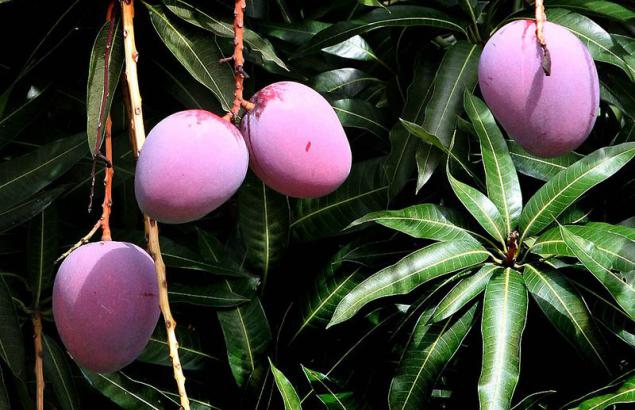

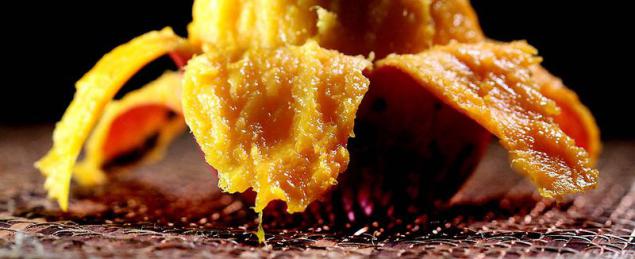
Papaya is very sensitive to cold, so do not extend beyond the tropics and subtropics. "For the eyes," it is called the melon out of the jungle.


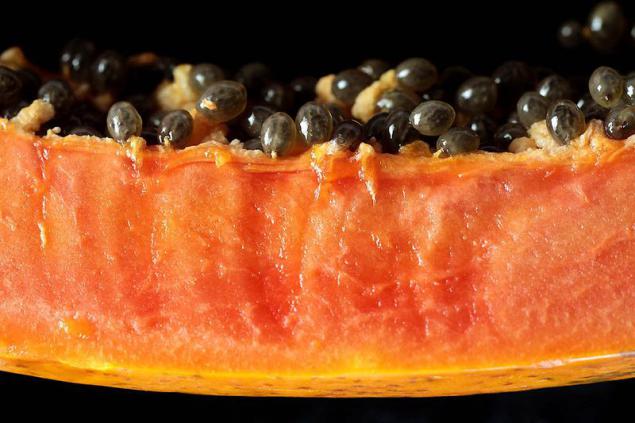
Bunhoziya silver - a close relative of the Barbados cherry. While inside it is not as juicy pulp, but very sweet, reminiscent of dried figs to taste with the taste of peanut butter. Eat fresh, cook jelly and jam. Especially combined with a milkshake. It grows in Central and South America.
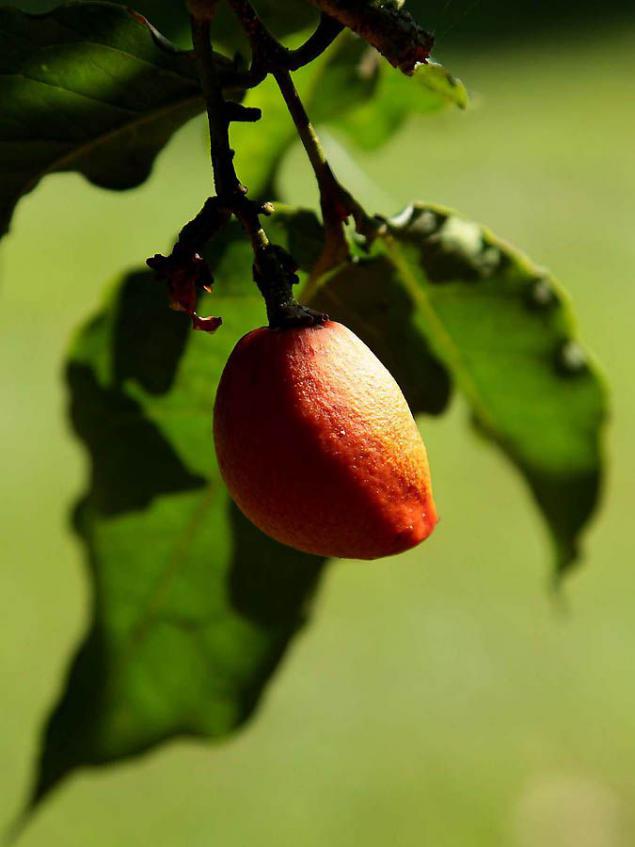
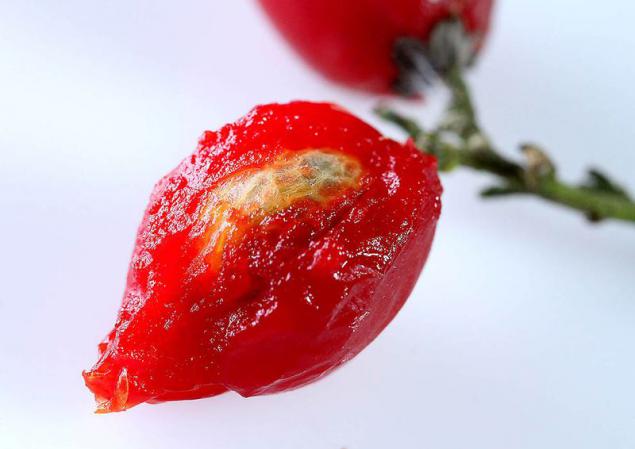
Jamaican cherry in Central America, also called strawberry tree. However, Europe has its arbutus, so you will not be confused. The flesh contains a lot of seeds. Very sweet with a musky flavor. It grows in Central and South America.
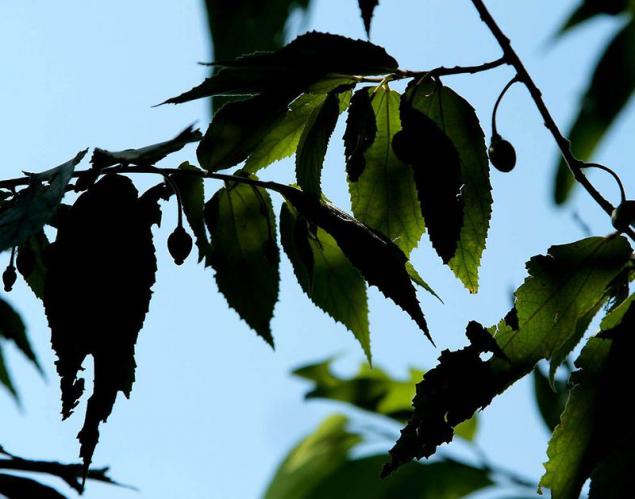
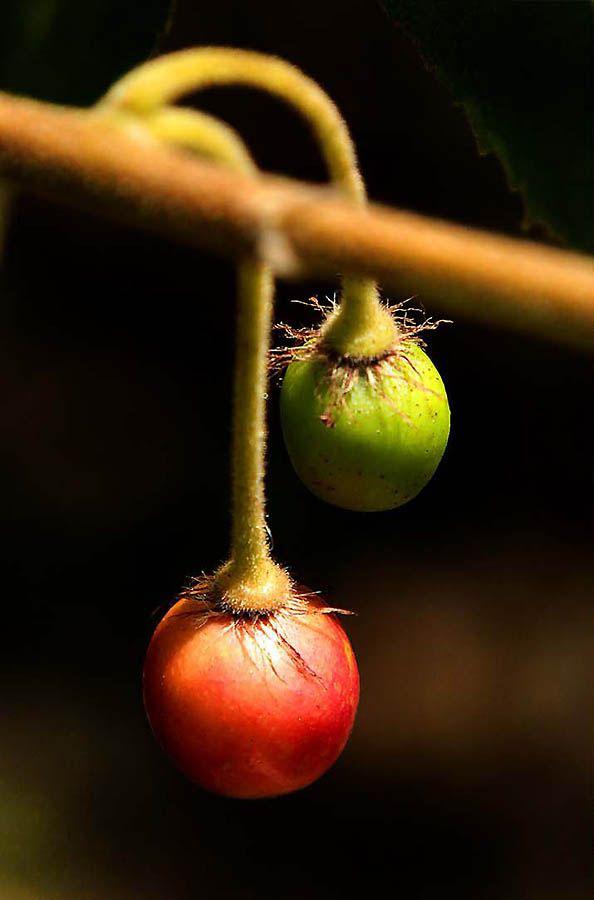
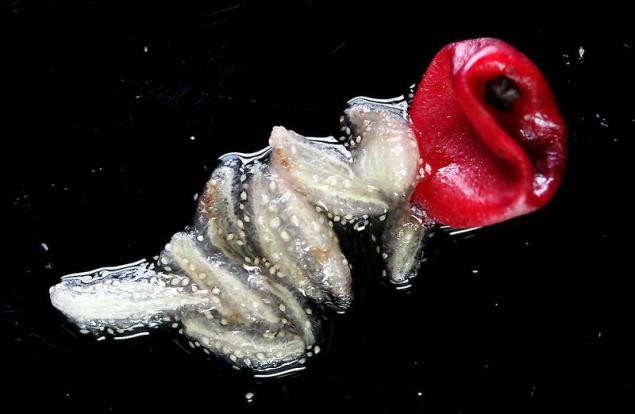
Passion fruit native to South America, although it is now also grows in New Zealand, Oceania and Israel. It is believed that the taste combines the aromas of pineapple, citrus and guava.

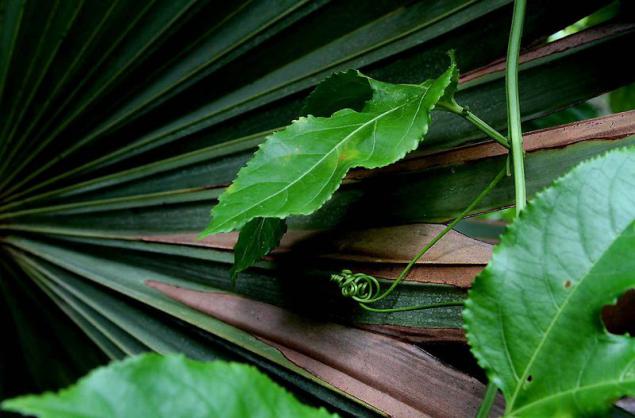

Zapote popular in tropical America and Southeast Asia. Also called fruit jelly, jelly because pulp. Taste combines cherry almond, creamy and sweet taste. The high content of potassium.
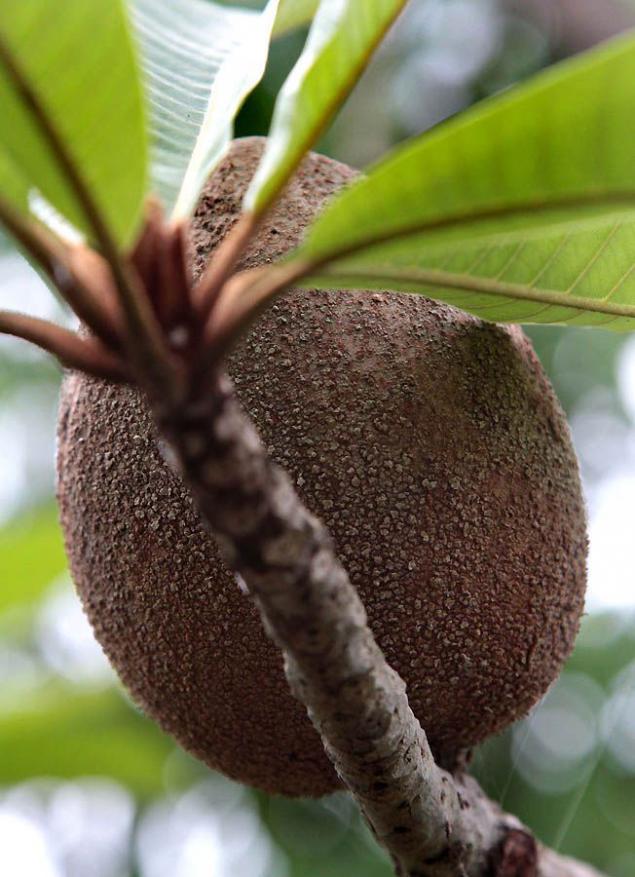
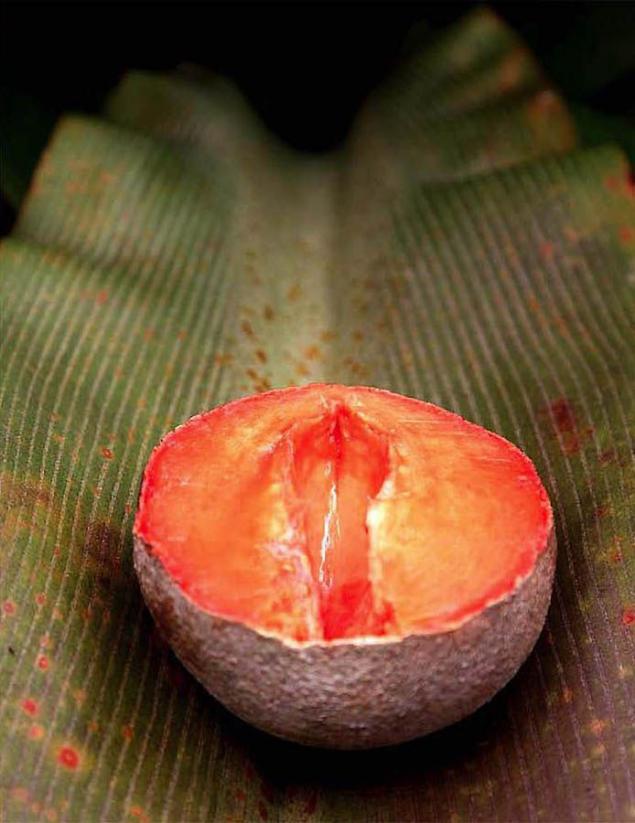
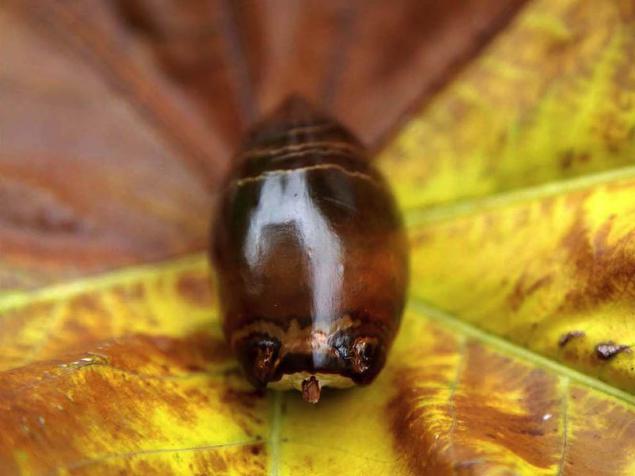
Sweet pitahaya - relative cactus. The flesh is slightly fresh. The most delicious chilled. It grows in tropical America, Australia, Southeast Asia and Oceania. Overeating can be fraught with mishaps.

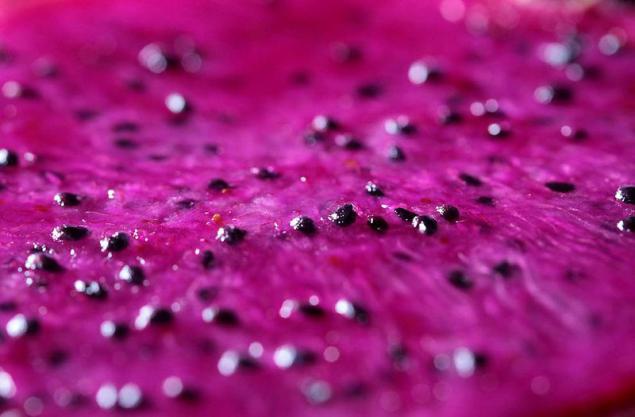

40. Sapodilla has spread about the same as the previous view. In addition to its taste and raw materials for wine, known as a source of latex used to make chewing gum. The flesh is very sweet and pleasant taste. Use as fresh and for making sorbet and juices.

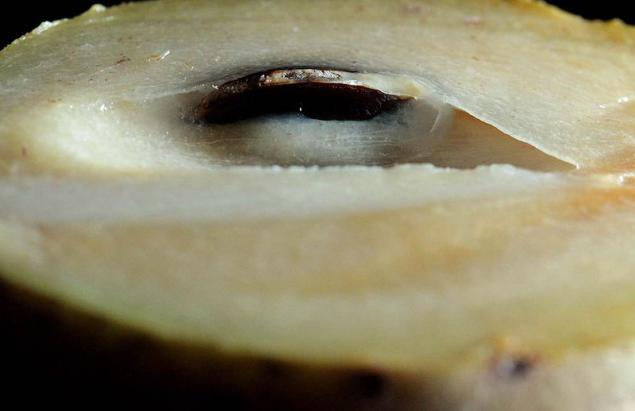
42. Tamarind grows in almost all tropical countries of the world and has several varieties. Often referred to as tamarind. Eat fresh and added to food as seasoning. The pulp is rich in calcium, iron, thiamin and riboflavin.
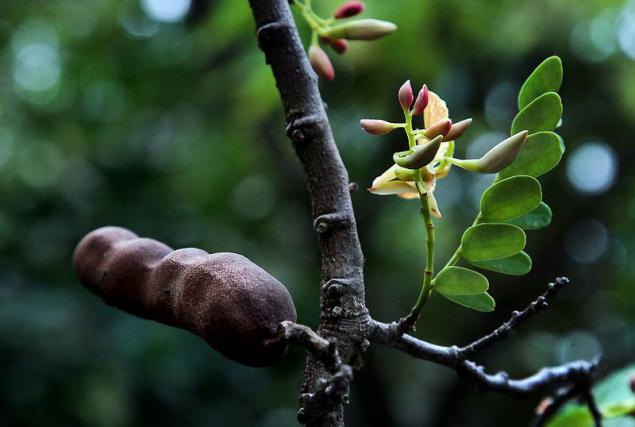

Source: bigpicture.ru
Surely, most of them we never even try, but at least we know about their benefits.

Let's start with more or less known guava that grows in the South, and even in North America. It is rich in vitamins A and C, and its taste can vary from sour to sweet cloying, as well as the flesh color from white to greenish and scarlet.



Barbados cherry - a unique plant, the fruits of which contain more vitamin C than, for example, oranges. Very juicy Barbados cherry grows in Central and South America as well as in Australia and several countries in Africa.



Longan - it is an evergreen tree, also known as the "dragon's eye." It grows in south-eastern Asia. Whitish translucent flesh and bone brown create a truly seems that in front of you dragon's eye. The flesh is very juicy and sweet, it contains large amounts of amino acids needed by the human skin.




One of the world's largest fruit tree fruit - jackfruit. Its weight can reach 34 kg, with a length of 90 cm and a diameter of 20 cm. It grows in India, Bangladesh, the Philippines, South and Central America as well as Oceania and eastern Africa. Jackfruit contains more starch than conventional bread. Immature fruits are prepared as vegetables and ripe - like fruit.



Black Zapote is very close to the persimmon. It is grown in Central and South America and Oceania, and the Philippines. The pulp of the ripe fruit tastes like chocolate pudding, but much juicier.


Mexican plum - very juicy and fragrant fruit is growing not only in Mexico but in all of Central America and many countries in South America. Popular in Nigeria and the Philippines.


Chinese lychee are very similar to taste the grapes. The only difference between taste - mild astringent aftertaste. They contain a high percentage of nicotinic acid prevents the development of atherosclerosis. A very popular fruit in Southeast Asia.


Mango knows literally everything and tried almost everything. And for good reason. It is considered that the mango absorbs all the colors and flavors of the tropics.



Papaya is very sensitive to cold, so do not extend beyond the tropics and subtropics. "For the eyes," it is called the melon out of the jungle.



Bunhoziya silver - a close relative of the Barbados cherry. While inside it is not as juicy pulp, but very sweet, reminiscent of dried figs to taste with the taste of peanut butter. Eat fresh, cook jelly and jam. Especially combined with a milkshake. It grows in Central and South America.


Jamaican cherry in Central America, also called strawberry tree. However, Europe has its arbutus, so you will not be confused. The flesh contains a lot of seeds. Very sweet with a musky flavor. It grows in Central and South America.



Passion fruit native to South America, although it is now also grows in New Zealand, Oceania and Israel. It is believed that the taste combines the aromas of pineapple, citrus and guava.



Zapote popular in tropical America and Southeast Asia. Also called fruit jelly, jelly because pulp. Taste combines cherry almond, creamy and sweet taste. The high content of potassium.



Sweet pitahaya - relative cactus. The flesh is slightly fresh. The most delicious chilled. It grows in tropical America, Australia, Southeast Asia and Oceania. Overeating can be fraught with mishaps.



40. Sapodilla has spread about the same as the previous view. In addition to its taste and raw materials for wine, known as a source of latex used to make chewing gum. The flesh is very sweet and pleasant taste. Use as fresh and for making sorbet and juices.


42. Tamarind grows in almost all tropical countries of the world and has several varieties. Often referred to as tamarind. Eat fresh and added to food as seasoning. The pulp is rich in calcium, iron, thiamin and riboflavin.


Source: bigpicture.ru
Tags
See also
10 exotic fruits that you can hardly tried. For them is to visit the south of the country!
7 fruits that help prevent cancer. They should eat every day!
TOP 8 "magic" fruit that will help you burn fat. The result did not take long!
Fruit that cures cancer!
Why we know nothing about fruit that cures cancer?
Cycling tour to the Curonian Spit
Spartan Race (11 photos)
How does Savings (13 photos)
















